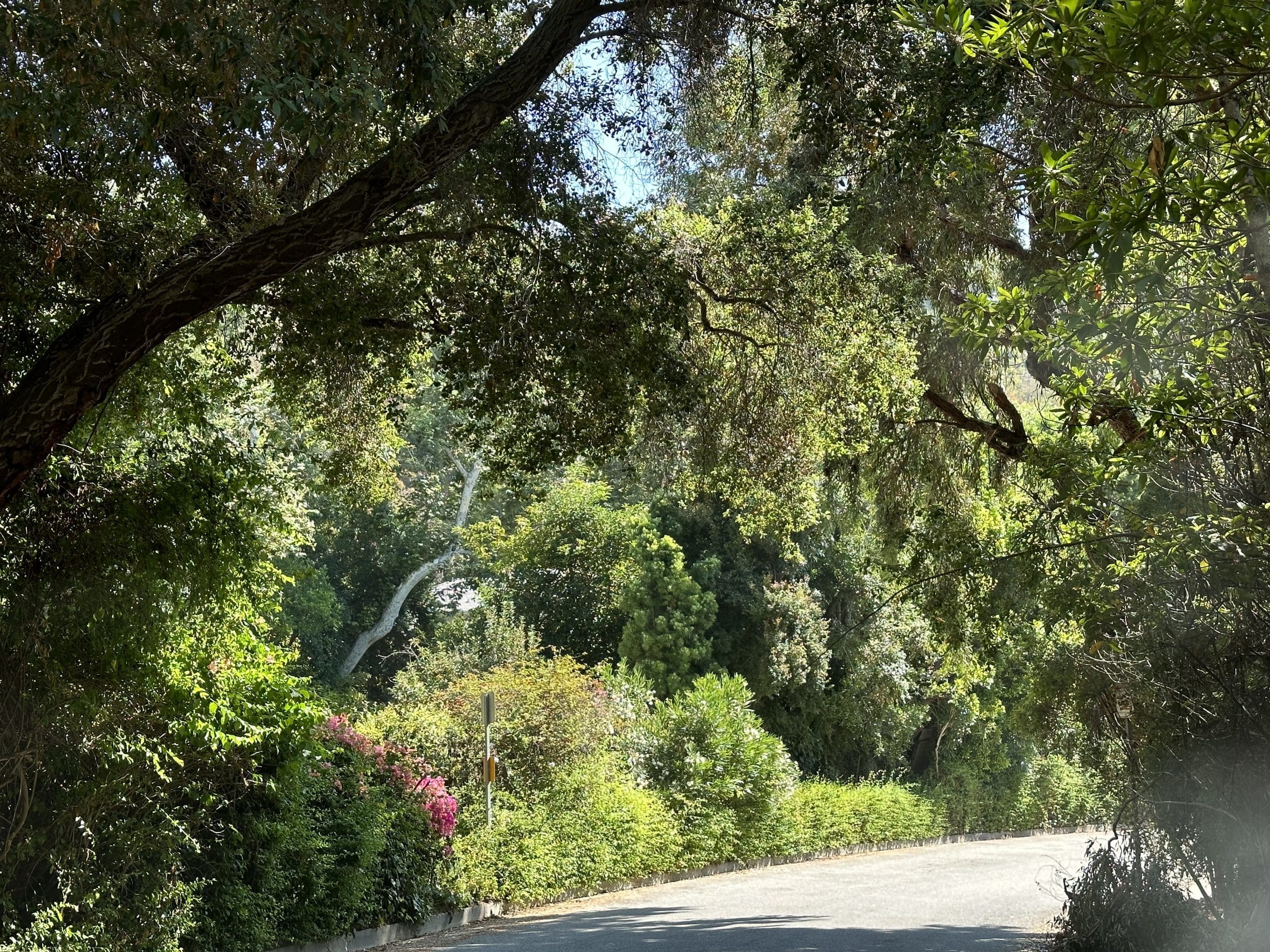One of the tasks the members of MySafe:LA undertake is driving through various regions in the County of Los Angeles, evaluating the visible risk relative to wildfire. This will change depending on where specifically the drive-through takes place, and the nature of the environment.
The wet 2023 winter created some remarkable landscapes. Lush green growth was a welcome sight for homeowners and people driving through the various canyons and hillside communities in Los Angeles County. “But those tremendous spurts of vegetation growth end up being only one thing if not properly managed – and that’s fuel,” stated MySafe:LA Commander David Barrett. “I grew up in the Hollywood Hills, so I know how beautiful it can be, but ultimately, it underscores that the next wildfire is a spark or a Santa Ana wind event away.”
The California Office of Environmental Health Hazard Assessment tracks vegetation evolution throughout the State of California. The good news is that many types of dying and dead vegetation were brought back to life. In higher elevations, cooler air and reduced wind collaborated in creating green, moist, healthy regions, where the threat of wildfire has been at least temporarily reduced.
The bad news is that overall, trends in climate indicate a continual drying out of vegetation, even after decent amounts of rainfall. Of some interest, as lower elevations dry out, plant life actually picks up and moves, in this case to higher elevations – where it has a better chance of surviving.
In lower elevations, not only is there ongoing risk from wildfire, but the changes in climate and wildfire intensity are creating other health risks, including smoke exposure, ash, and contaminated water supplies.
All of this speaks to the need to become more aware, better prepared, and “on the alert” relative to any of the various topics that play a role in the overall impact of climate and fire. To learn more check out the MySafe:LA Website.









